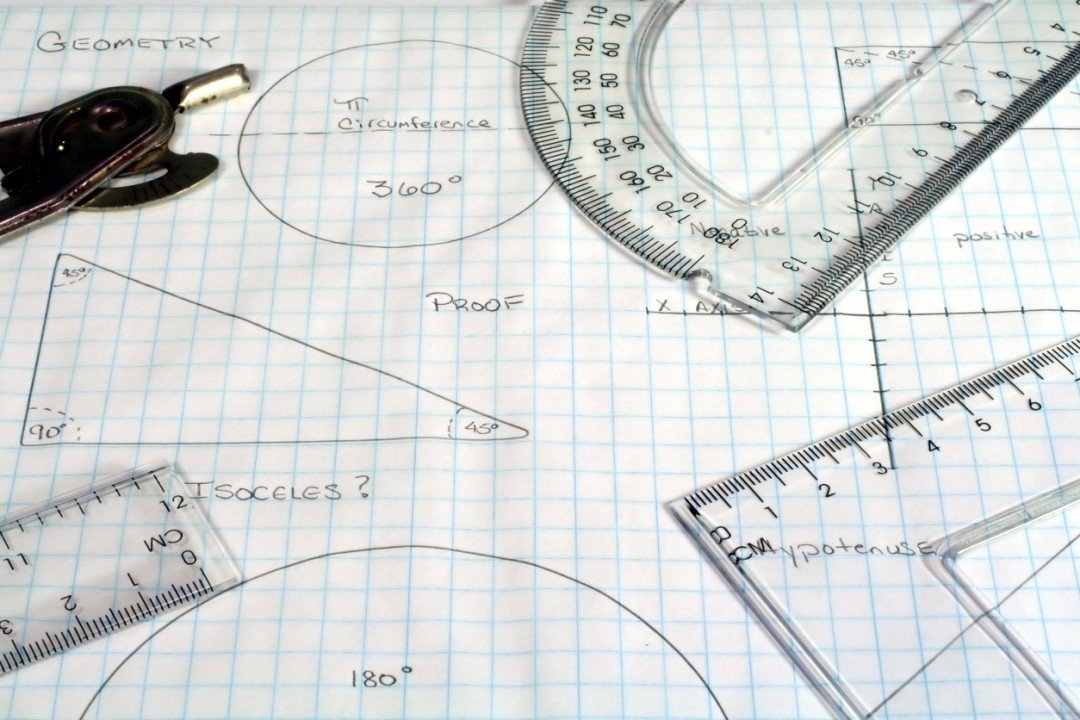Teaching geometric informatics concepts can seem like a challenging task, especially given the complexity of the subject. However, with the right strategies, these ideas can be made accessible, engaging, and practical for learners of all levels. In this article, we’ll share effective strategies for teaching geometric informatics concepts, ensuring students can grasp these topics clearly and confidently.
Start with the Basics
When teaching geometric informatics concepts, it’s essential to begin with the fundamentals. Introduce foundational topics such as points, lines, planes, and basic geometric properties. Make sure your students understand how these elements interact in a computational context. By laying a strong foundation, you give learners the tools they need to understand more advanced concepts later.

Use Visual Aids and Tools
Visual aids are incredibly helpful when explaining geometric informatics. Diagrams, 3D models, and interactive software allow students to visualize abstract concepts. Tools like GeoGebra or Python libraries such as Matplotlib can bring geometric ideas to life. Incorporating visuals helps students see the connections between theory and practice.
Incorporate Real-World Examples
Linking geometric informatics concepts to real-world applications keeps students engaged. For example, you can discuss how geometric algorithms are used in computer graphics, navigation systems, or robotics. Showing practical uses makes the material relatable and demonstrates the relevance of what they’re learning.
Break Down Complex Topics
Some aspects of geometric informatics, like Voronoi diagrams or Delaunay triangulation, can be difficult to grasp. Break these topics into smaller, manageable parts. For example, teach the purpose of the algorithm first, then move on to its steps, and finally discuss implementation. This step-by-step approach helps learners absorb information without feeling overwhelmed.
Encourage Hands-On Learning
Engaging students in hands-on activities is a great way to solidify their understanding of geometric informatics. Assign tasks like coding basic algorithms, creating geometric designs, or solving spatial problems. Practical exercises allow students to apply what they’ve learned and gain confidence in their skills.
Foster Collaboration and Discussion
Group activities and discussions are excellent for teaching geometric informatics concepts. Encourage students to work together to solve problems or analyze case studies. Collaboration fosters critical thinking and helps students learn from one another’s perspectives. This approach also builds teamwork skills, which are essential in real-world applications.
Utilize Technology and Software
Technology plays a significant role in teaching geometric informatics concepts. Introduce software and programming tools that are widely used in the field. For instance, students can learn how to use CAD programs or write code in Python for computational geometry tasks. Familiarizing students with these tools prepares them for future challenges.
Provide Clear and Detailed Explanations
When explaining geometric informatics concepts, clarity is crucial. Use simple language and avoid unnecessary jargon. Break down definitions, use examples to illustrate points, and summarize key ideas. This ensures that students with varying levels of prior knowledge can follow along easily.
Assess Understanding Regularly
Regular assessments help track students’ progress and identify areas where they may need more support. Use quizzes, group presentations, or project assignments to gauge their understanding. Provide constructive feedback to guide their improvement and keep them motivated.
Adapt to Different Learning Styles
Students have diverse learning preferences, so it’s essential to use a variety of teaching methods. Some may benefit from visual presentations, while others might prefer hands-on activities or detailed lectures. Adapting your approach ensures that all students have the opportunity to succeed.
Conclusion
Teaching geometric informatics concepts effectively requires a combination of clear explanations, practical examples, and interactive tools. By breaking down complex topics, fostering collaboration, and incorporating real-world applications, you can make this subject accessible and engaging for students. Remember, the goal is to help learners not just understand geometric informatics but also appreciate its value and versatility in the modern world.




